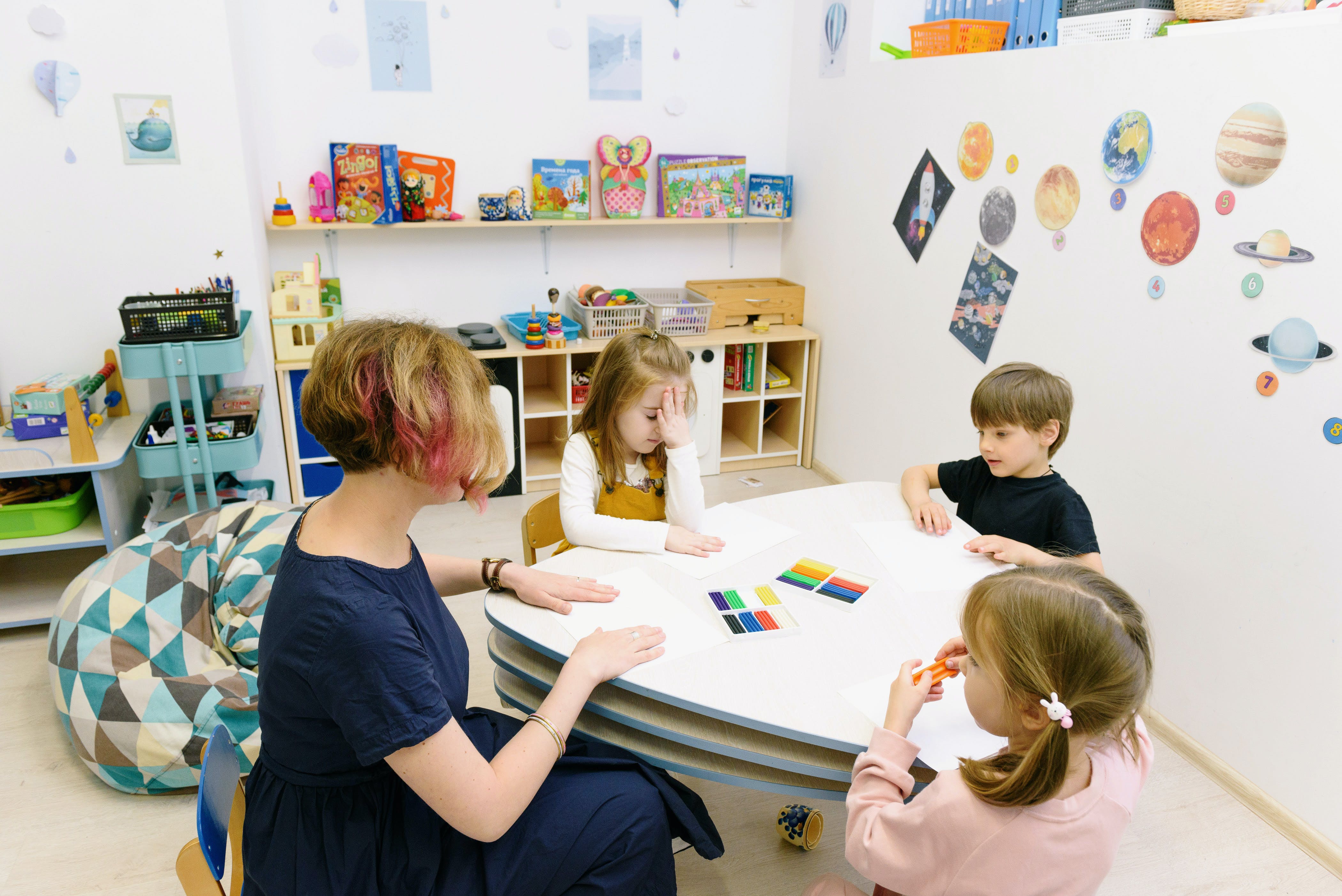In an educational environment, where students spend a significant portion of their time, it is crucial to establish robust safeguarding measures to protect them from harm and ensure their holistic development. Safeguarding encompasses various strategies and procedures aimed at preventing abuse, promoting a safe environment, and responding effectively to concerns or incidents. Here, we delve into the significance of safeguarding in education and explore practical ways to uphold it within educational institutions.
Creating a Safe Environment:
Educational institutions should serve as safe havens where students feel secure and supported. This entails implementing physical safety measures such as secure premises, appropriate supervision, and adherence to health and safety regulations. Moreover, fostering a culture of respect, inclusion, and empathy cultivates a positive atmosphere conducive to learning and well-being. Clear policies and procedures regarding behavior expectations, bullying prevention, and conflict resolution further contribute to maintaining a safe environment
Preventing Abuse and Exploitation
: Safeguarding involves preemptive measures to prevent various forms of abuse, including physical, emotional, sexual, and online abuse. Educators and staff should undergo training to recognize signs of abuse, understand reporting protocols, and communicate effectively with students to build trust and encourage disclosure. Establishing boundaries and maintaining professional conduct are essential in safeguarding against any form of exploitation or misconduct.
Promoting Mental Health and Well-being:
In addition to physical safety, safeguarding encompasses the mental and emotional well-being of students. Educational institutions play a crucial role in promoting positive mental health by providing access to support services, fostering resilience and coping skills, and destigmatizing conversations surrounding mental health issues. Early intervention and collaboration with mental health professionals are key components of safeguarding practices, ensuring that students receive timely support and intervention when needed.
Collaboration and Partnership:
Safeguarding is a collective responsibility that involves collaboration among educators, parents, students, and relevant stakeholders. Open communication channels facilitate the sharing of concerns, information, and best practices, strengthening safeguarding efforts across the board. Establishing partnerships with local authorities, child protection agencies, and community organizations enhances the effectiveness of safeguarding measures and ensures a coordinated response to safeguarding concerns.
Conclusion:
Safeguarding is not merely a legal obligation but a moral imperative rooted in the fundamental principle of ensuring the welfare and dignity of every student. By prioritizing safeguarding in education, we uphold the rights of children and young people to learn and thrive in a safe and nurturing environment. Through collaboration, vigilance, and a commitment to continuous improvement, we can create educational settings where every student feels valued, respected, and protected. Together, let us reaffirm our dedication to safeguarding and champion the well-being of future generations.


